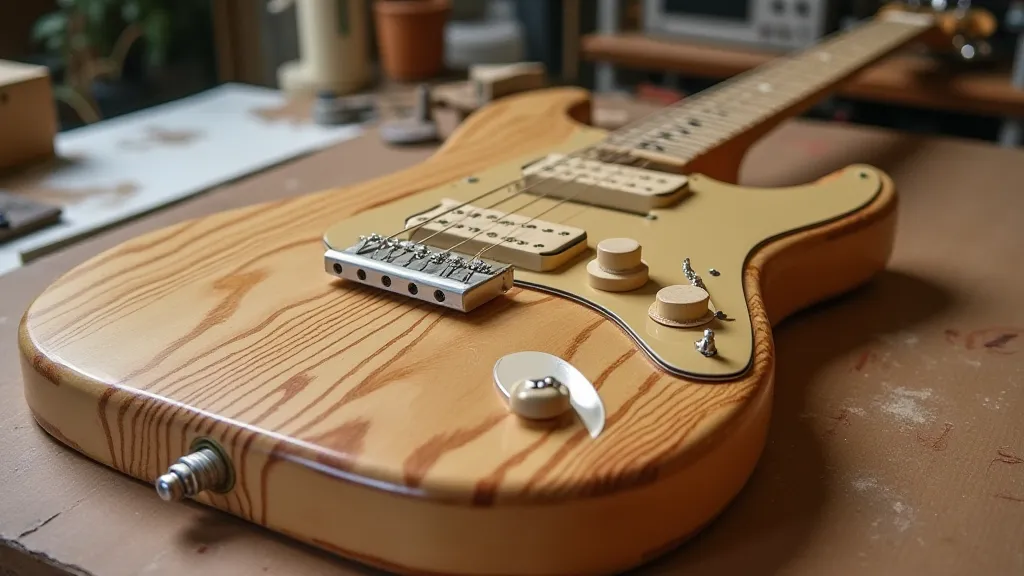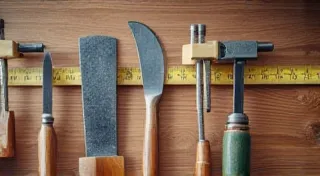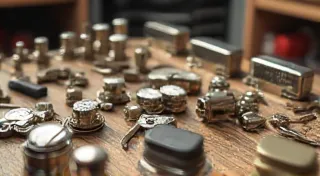Choosing the Right Wood for Your First Guitar
Building your first electric guitar is a rewarding experience, and one of the most crucial decisions you'll make is selecting the right wood. The wood you choose significantly impacts the guitar's tone, appearance, and overall feel. While exotic hardwoods can create incredible instruments, they're often expensive and can be overwhelming for beginners. This guide focuses on common, cost-effective wood options suitable for your first DIY guitar project.
Why Wood Matters: Tone and Aesthetics
Wood isn't just about looks; it's a vital component of an electric guitar’s sound. Different woods vibrate at different frequencies and absorb sound in unique ways. While pickups and electronics play a large role, the natural resonance of the wood provides a foundation for the guitar's voice. Beyond tone, wood selection influences the guitar's weight, grain patterns, and how it finishes. Let's explore some popular choices for beginners.
Common Woods for Beginner Guitar Builders
Pine
Pine is often the first choice for many beginner guitar builders, primarily due to its low cost and easy workability. It's readily available at most lumber yards and hardware stores. While it's not considered a "tone wood" in the traditional sense, pine can produce a bright, airy tone. It’s important to choose a straight-grained, knot-free piece of pine to ensure stability and prevent warping. It’s also relatively soft, so it’s more prone to dents and scratches.
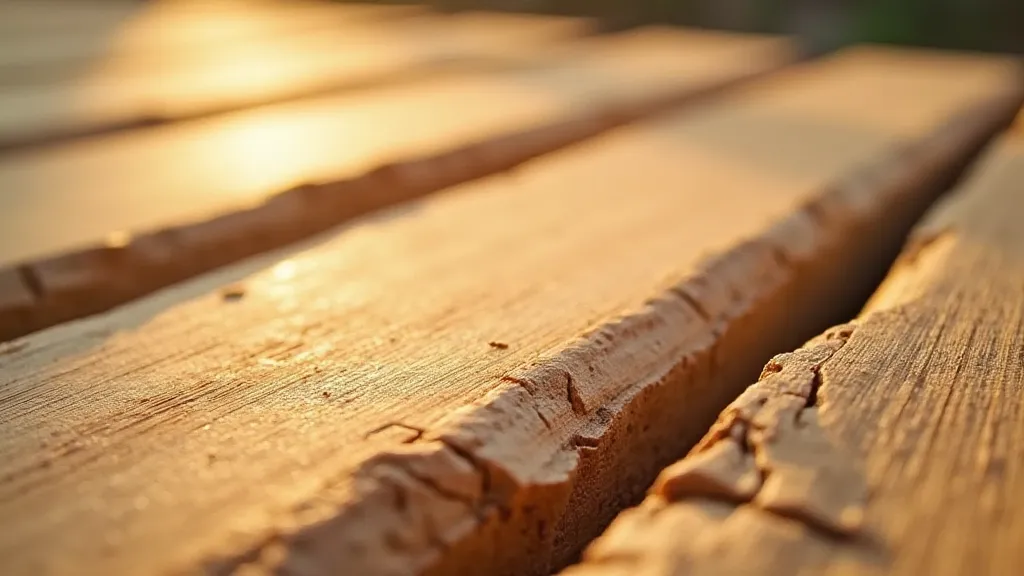
Poplar
Poplar is a step up from pine in terms of tonal characteristics and stability. It's a relatively lightweight wood with a fairly neutral tone, often described as balanced and slightly warmer than pine. Poplar is easy to work with and takes finishes well. Its grain is generally straight and consistent, making it a good choice for those who prefer a cleaner aesthetic.
Basswood
Basswood is another popular choice for guitar bodies, especially for guitars intended for rock and metal. It offers a warm, balanced tone with good sustain. It’s also lightweight and easy to shape. However, basswood can be a bit soft and might require careful handling. It’s also a wood that often gets painted, as its grain isn't considered particularly attractive on its own.
Mahogany
Mahogany is a more premium option for beginners, offering a richer, warmer tone with a good amount of sustain. It's a bit denser than the woods mentioned above, which contributes to its increased weight and resonance. While it can be slightly more challenging to work with than pine or poplar, the resulting tone and beauty make it worth the effort. Mahogany's grain can be quite beautiful, and it takes finishes well.
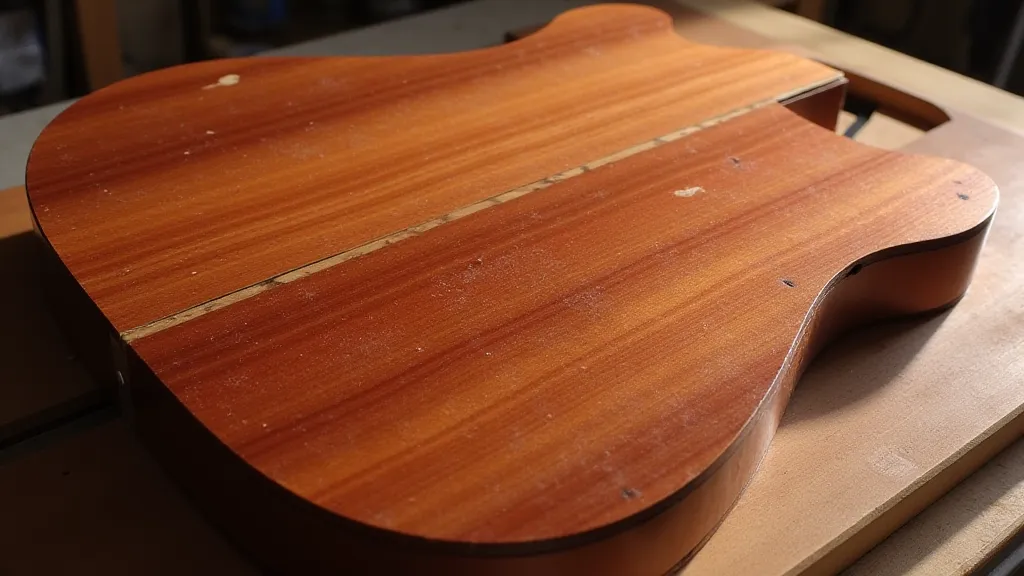
Considerations for Your First Build
When choosing wood for your first guitar, prioritize availability and ease of workability. Don't be afraid to experiment, but start with a wood that’s forgiving and readily available. Remember that finish plays a large role in the final appearance of your instrument. A well-chosen finish can highlight the beauty of even the most common woods.
Wood Selection Summary
- Pine: Budget-friendly, easy to work with, bright tone.
- Poplar: Balanced tone, easy to work with, good for clean aesthetics.
- Basswood: Warm tone, lightweight, often painted.
- Mahogany: Rich tone, good sustain, slightly more challenging to work with.
Ultimately, the "best" wood for your guitar is the one that you enjoy working with and produces a sound you love. Happy building!
